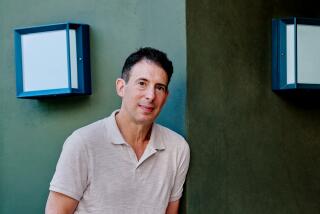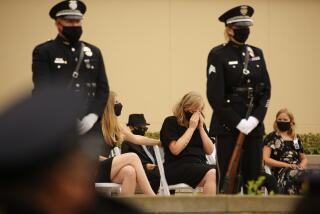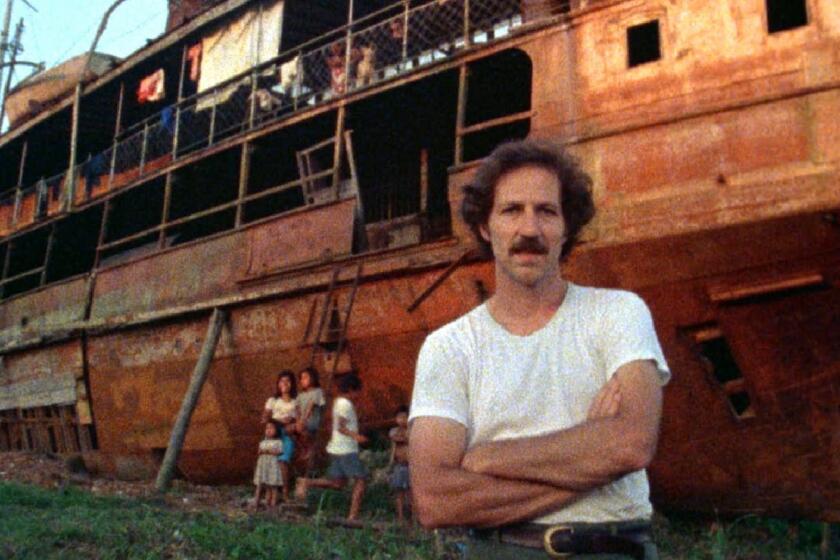Review: ‘In the Same Breath’ is an essential look at the start of the COVID crisis
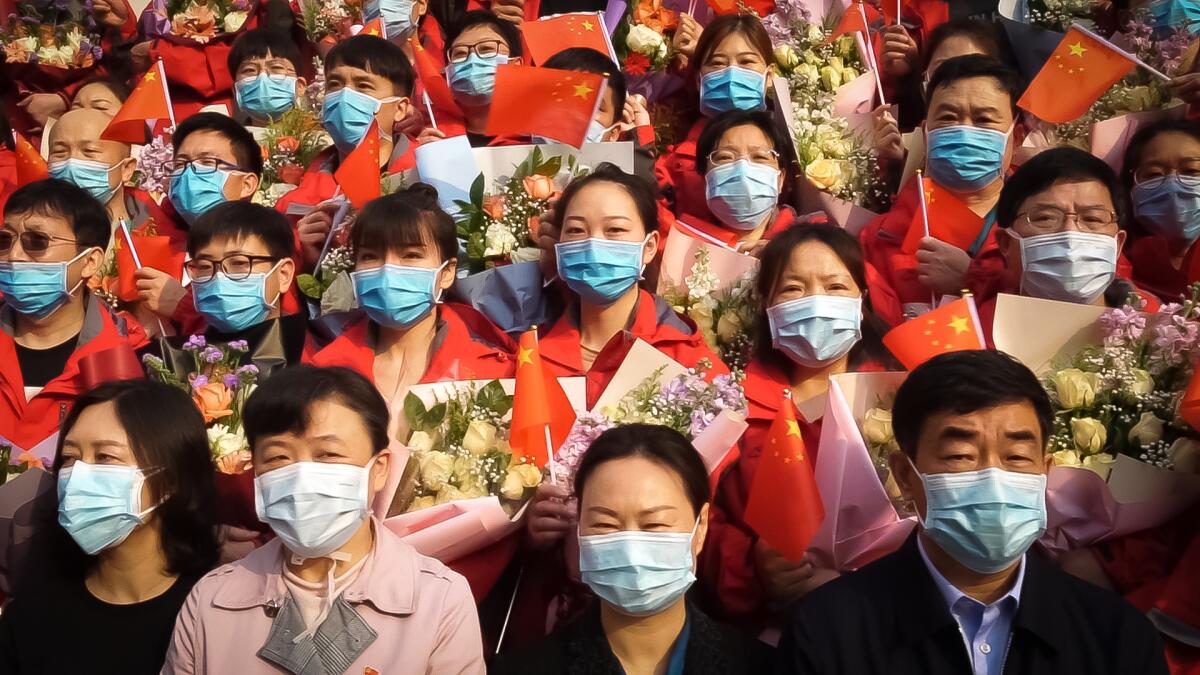
The Times is committed to reviewing theatrical film releases during the COVID-19 pandemic. Because moviegoing carries risks during this time, we remind readers to follow health and safety guidelines as outlined by the Centers for Disease Control and Prevention and local health officials.
Toward the end of “In the Same Breath,” her chilling and mournful documentary about the early days of the COVID-19 pandemic, the director Nanfu Wang hits the reset button. What if, rather than squelching rumors about “an unknown pneumonia” in Wuhan, the Chinese government had immediately announced the discovery of a novel coronavirus, urged everyone to stay home and warned other countries of the imminent threat? What if those countries, like the U.S., had swiftly implemented their own aggressive safety measures, including a nationwide testing program? Perhaps realizing how depressing this line of inquiry could get, Wang doesn’t entertain it for too long — just enough to convey some sense of the pandemic’s staggering human toll and the domino-effect consequences of turning a blind eye to reality.
As ever in Wang’s films — harrowingly personal, unsparingly critical accounts of official corruption and injustice in China (“One Child Nation,” “Hooligan Sparrow”) — those consequences are conveyed in terms more intimate than sweeping. The movie opens with stunning nighttime shots of massive crowds gathering in Wuhan on Dec. 31, 2019; a massive cluster of rising balloons provides a queasily symbolic visual for a virus that’s fast and already on the move. From there, though, Wang productively narrows her focus. She briefly turns the camera on herself, a practiced gesture that feels more scrupulous than self-aggrandizing; it’s her way of acknowledging a filmmaker’s role in the construction of a nonfiction narrative. In January 2020, she recalls, she and her young son were traveling from their home in New Jersey to visit her mother in China’s Jiangxi province, unaware that the worst public health crisis in a century was looming.
To watch “In the Same Breath” — and it’s worth watching, even amid the endless COVID-19 documentary that life has become — is to bemoan and perhaps long for those early, ignorant days. Wherever you were when you first heard about the coronavirus, the movie suggests, there were few worse places to be than Wuhan. We meet several residents who unexpectedly found themselves on the front lines of the crisis, among them Chen Runzhen, whose husband, Liu Deyan, was exposed to the virus at the health clinic they ran together. (A disquieting montage of security camera footage shows customers arriving at the clinic in December 2019, coughing and complaining of flu symptoms and worse.) Liu eventually died, though not until after he and Chen found themselves turned away from one Wuhan hospital after another; even when a bed was available, any hope of effective treatment was not.
With the government placing severe restrictions on media access to those hospitals, Wang employs a small army of exceptionally discreet and nimble cinematographers to bring us inside. (The footage they amass makes “In the Same Breath” an important if more politically charged companion to last year’s Wuhan-shot documentary “76 Days.”) We’re ushered into rooms where COVID-19 patients lie dying, attended to by nurses and doctors all but mummified by their protective personal equipment. One of Wang’s discoveries is a man forced to watch helplessly as his son succumbs; their wrenching story provides an early clue that the coronavirus is spreading inside hospitals, flying in the face of the Chinese government’s early denials of human-to-human transmission.
That claim may have finally crumbled when Wuhan went into lockdown on Jan. 23, 2020, but as the movie notes, the Chinese propaganda machinery was just getting started. As much as “In the Same Breath” is about the pandemic, it’s also about the ensuing outbreak of misinformation. (The title, which evokes the virus’ airborne nature, is also a pointed reference to deception and doublespeak.) Once the seriousness of the crisis can no longer be downplayed, the official narrative shifts to China’s apparently triumphant response. With a late-night TV host’s satirical precision, Wang (who edited the film with Michael Shade) drops in clips from state-controlled news programs, all regurgitating the same rosy talking points and emphasizing positive, uplifting stories about the pandemic. She also throws in some spectacularly unnerving official footage in which a red-garbed, face-masked choir sings of the Communist Party’s greatness and the coronavirus’ defeat.
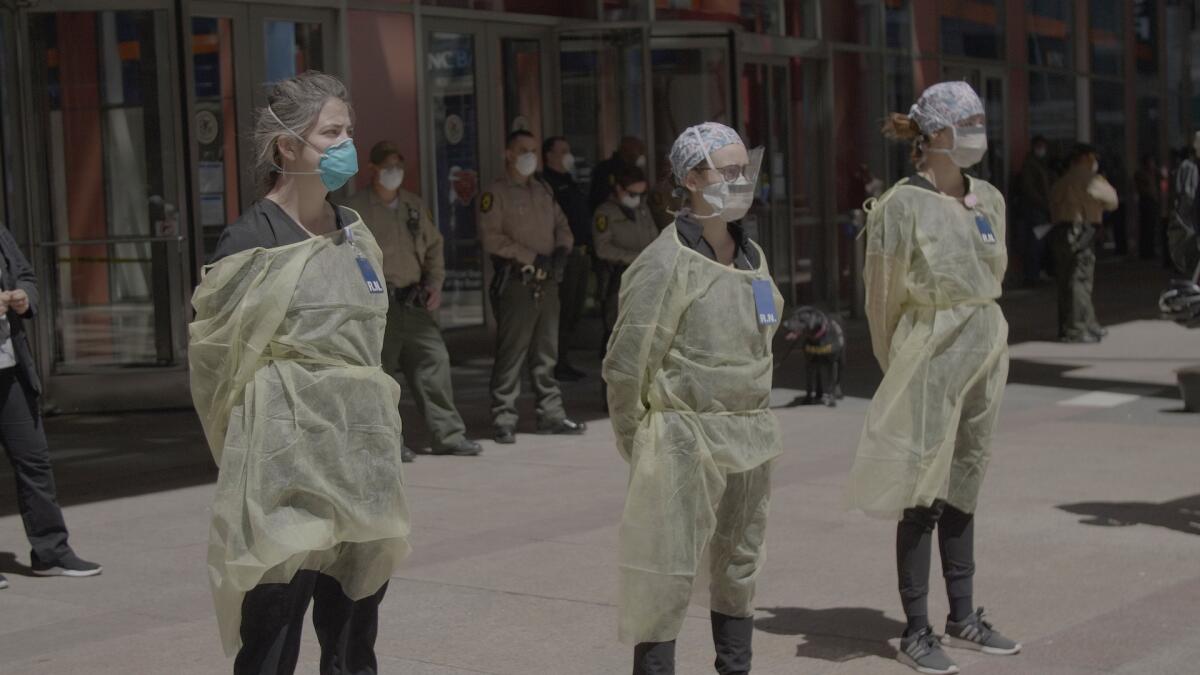
At the simplest level, the stories of trauma and loss told in “In the Same Breath” exist as a necessary corrective. In one hauntingly quiet scene, the camera follows healthcare workers as they push a gurney through an empty street in a locked-down Wuhan; in another, a man must decide whether his mother should be left to die at home or taken to die at an overcrowded hospital. The terrible intimacy of these moments blurs into a collective abstraction when Wang confirms that tens of thousands of people died of COVID-19 during that initial Wuhan outbreak, far in excess of the numbers officially reported (around 3,300) in March 2020.
The ominous scale of the government coverup conveys clear echoes of “One Child Nation,” Wang’s blistering 2019 exposé of China’s now-defunct one-child policy. And as in that film, Wang, who was born in China but now lives in the U.S., also focuses on the strange, often contradictory parallels between two politically and ideologically opposed nations. She touches on the similar slowness of the American government’s initial handling of the pandemic, from President Donald Trump’s insistence that the virus would quickly disappear to Dr. Anthony Fauci’s initial skepticism about masks. (For a more expansive view of the bungled U.S. response, check out the 2020 documentary “Totally Under Control.”)
Wang also introduces us to U.S. healthcare workers traumatized by all the illness and death they’ve witnessed — and, in an eerie echo of Chinese censorship, warned by their own employers not to speak out about it. She also floods us with now-familiar images of people decrying COVID-19 as a hoax, protesting lockdown restrictions and refusing to wear masks, all while invoking their freedom as Americans. Wang doesn’t demonize these protesters, even when you frankly might want her to: In a remarkable show of empathy, she acknowledges her own ignorance and uncertainty when the pandemic first broke out, even after her mother, having seen the worst of it in China, urged her to stay home and wear a mask outside.
That was then, of course. And although “In the Same Breath” was finished well before the current phase of the pandemic (it first screened last January via the virtual Sundance Film Festival), I suspect that an updated version — one featuring recent footage of, say, anti-vaxxer protests — would carry much the same infuriating, wearying sting. As an expression of national pride in service of rampant COVID-19 denialism, the movie slyly suggests, chest-beating displays of American patriotism aren’t all that materially or morally different from Chinese propaganda. Neither a rigidly authoritarian state nor a self-admiringly democratic one, it seems, is of much use in the grueling everyday business of saving lives.
‘In the Same Breath’
(Not rated)
(In Mandarin and English with English subtitles)
Running time: 1 hour, 38 minutes
Playing: Laemmle Monica Film Center, Santa Monica; starts Aug. 18 on HBO and HBO Max
More to Read
Only good movies
Get the Indie Focus newsletter, Mark Olsen's weekly guide to the world of cinema.
You may occasionally receive promotional content from the Los Angeles Times.

